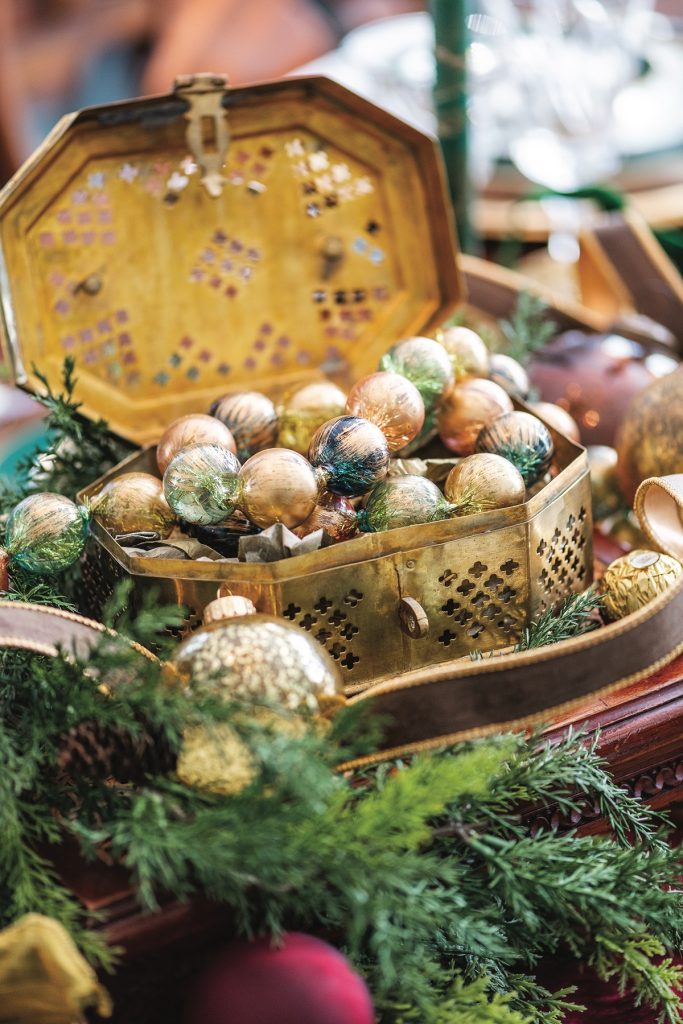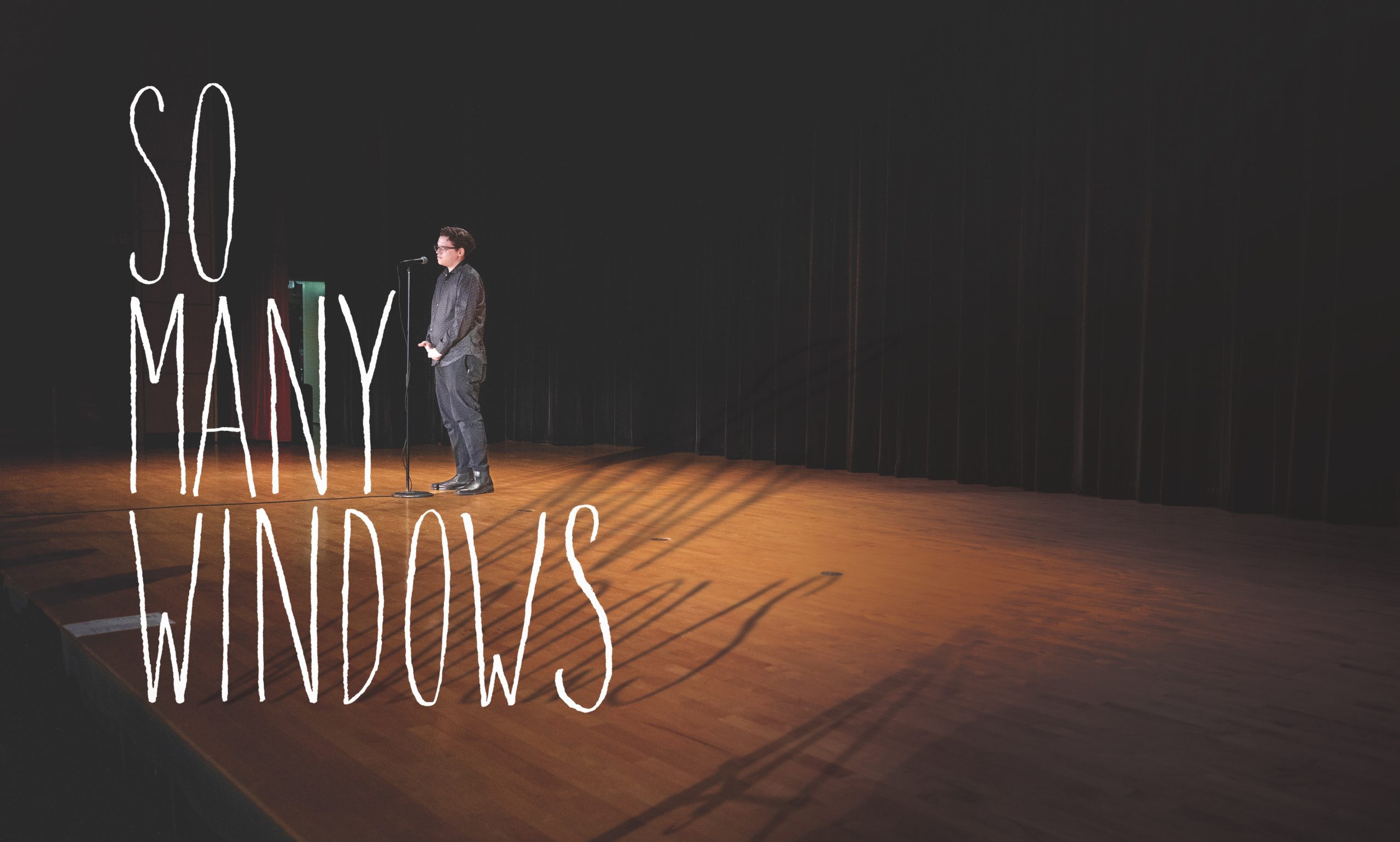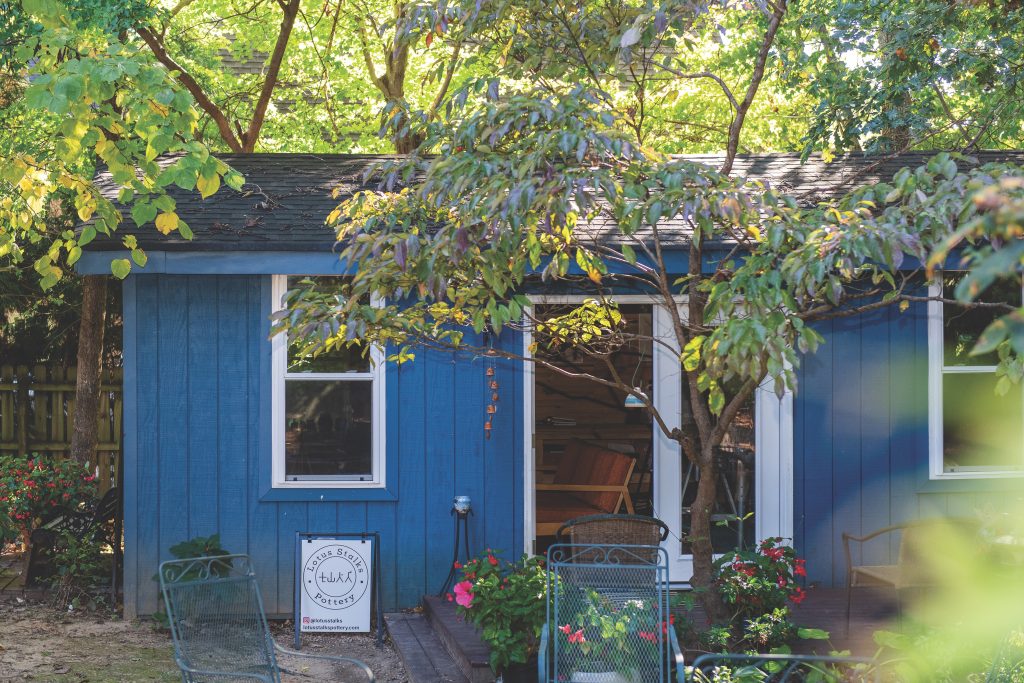Winter is for the Birds
WINTER IS FOR THE BIRDS
Tag Archives: Feature




Winter is for the Birds
Lynn Donovan focuses on our bright-beaked buddies
By Joi Floyd
With the brisk, wintry temperatures approaching and the holidays in full swing, you’re sure to hear about the partridge in a pear tree — over and over again. But the real tweet of the town comes from our favorite chirping, warbling friends. Though most birds of a feather flock together, you’re bound to find one or two different breeds cozying up next to each other for warmth. Whether gathering leaves and tiny twigs for nesting or feasting on tasty nuts and seeds, these sweet tweeties stick close together. Photographer Lynn Donovan captures our precious woodland buddies in action as they face the snowy — we can hope — season.
A Cooper’s hawk keeps a keen eye on his surroundings.
A creature stirring? Something has piqued this cedar waxwing’s interest and made it peer over the end of the branch.
There’s nothing stronger than a pileated woodpecker’s beak — except maybe the urge to dye our hair red.
A red-tailed hawk nestles on a branch as the winter season draws closer.
It’s hard to miss this American crow as he trots through the pure white snow.
What could bring more winter wonder than a white-breasted nuthatch playing in the snowfall?
A brown-headed cowbird hunkers down as sleet falls from
Two turtle doves? These are two mourning doves and two is always better than one.
In a wintry world of gray, brown and white, a bright eastern bluebird is sure to catch your attention.
This raging turkey vulture is hard to miss as it confidently stretches its wings post-landing.


















































